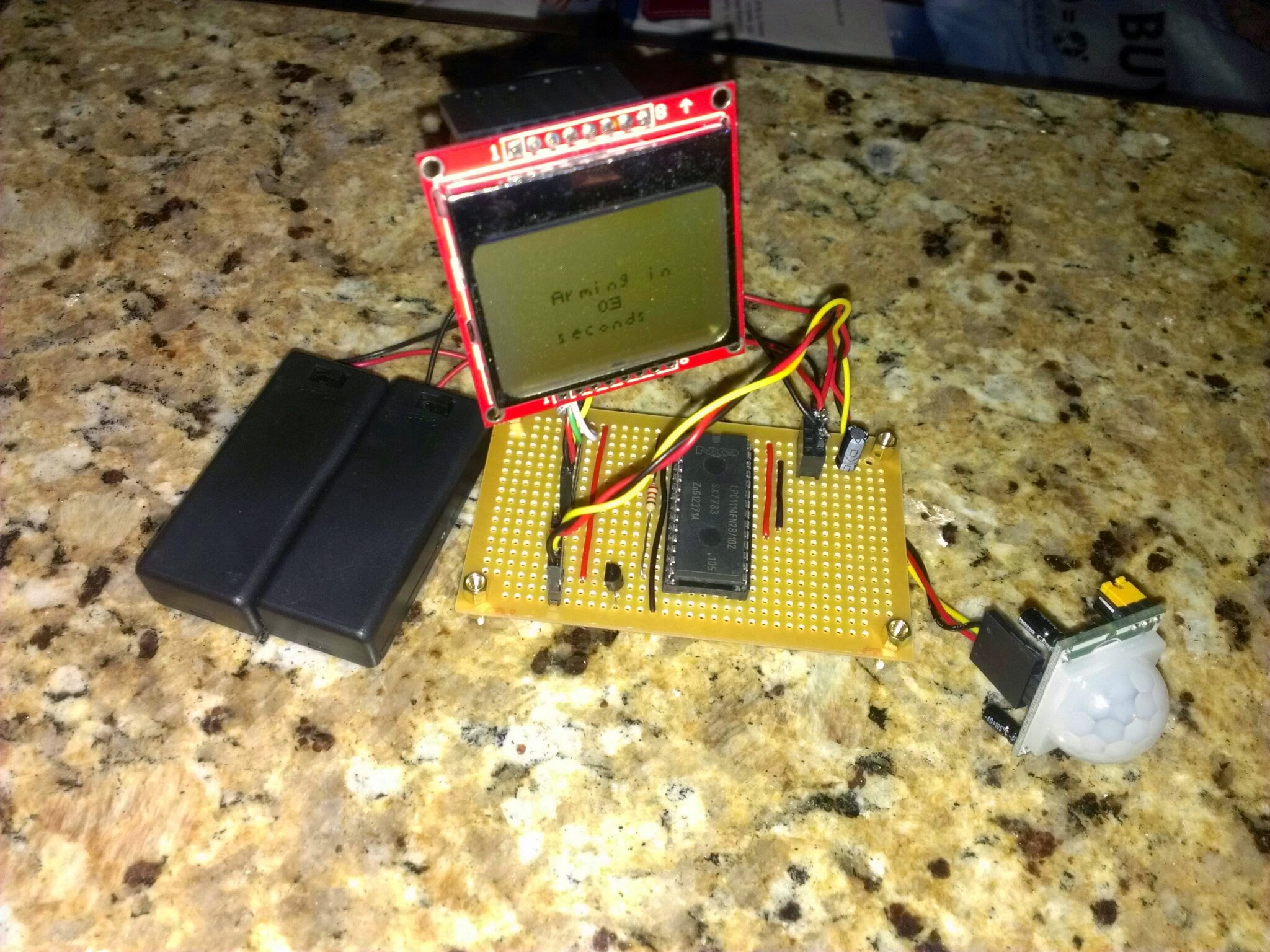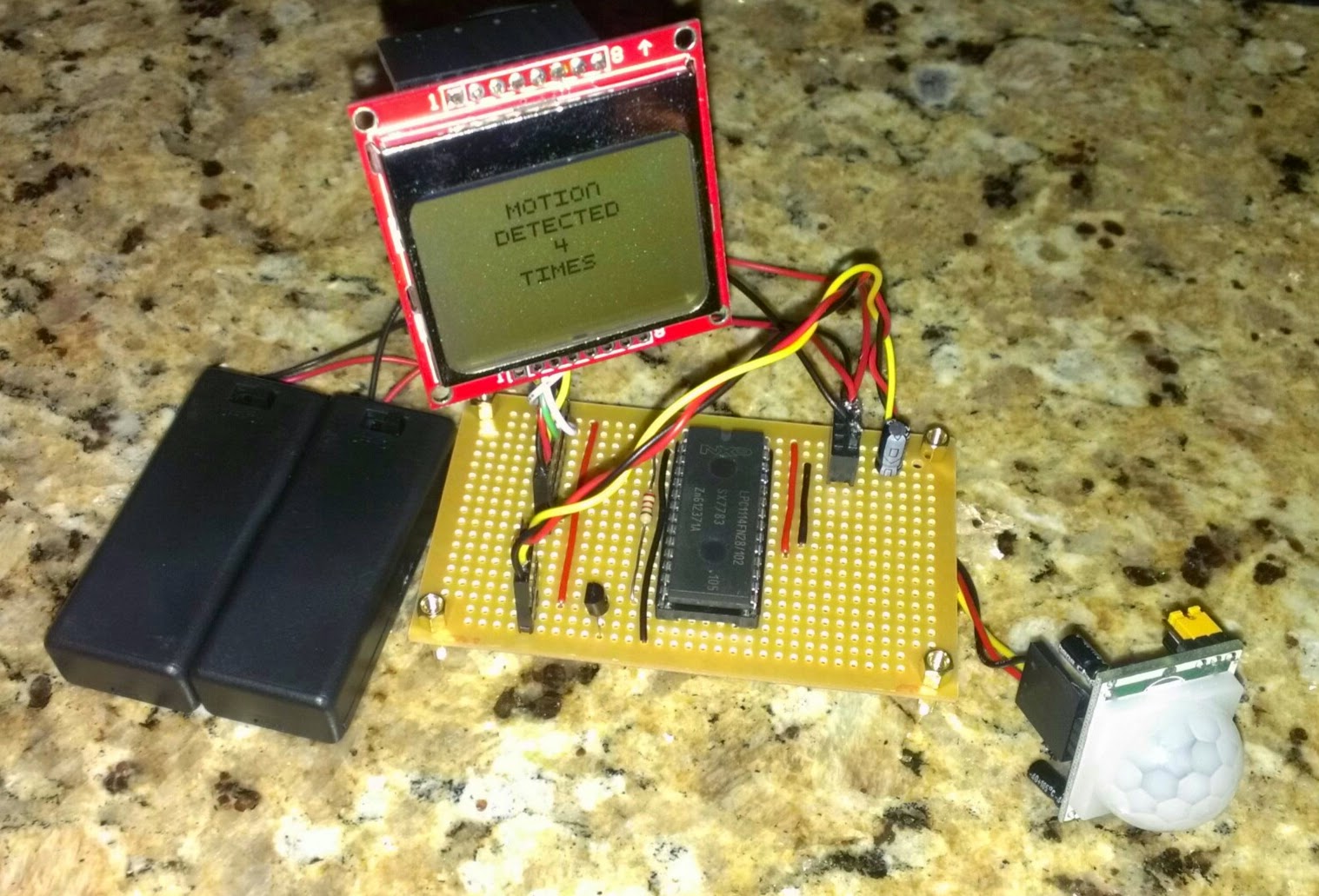LPC1114FN28 Low Power
There are plenty of ways to implement a 'thing' for the internet of things, if power is readily available or if the thing only needs to run for a little while on battery power. Using the readily available LPC1114 Arm Cortex M0, and the mbed libraries, I wanted to find out what real-world performance is possible for something just a little more advanced than blinking the LED that can run on battery power for extended, unattended use.
With a very cheap multimeter, I measured .07 ma while sleeping (mostly the active PIR sensor), and 10 ma running the mcu with the LCD (no backlight) following a motion detection event. Not too bad - should run for a long time on 4 aaa batteries.
Here's the hardware: Note, I used cheap eBay versions of the following - total build with all parts (minus batteries) was about $10.
NXP's LPC1114FN28: http://developer.mbed.org/platforms/LPC1114FN28/
Nokia 5110 LCD Module: http://developer.mbed.org/components/Nokia-5110-3310-LCD/
PIR Module: http://developer.mbed.org/components/Grove-PIR-Motion-Sensor/
100uf Capacitor: https://www.sparkfun.com/products/96
Stripboard (Veroboard): http://en.wikipedia.org/wiki/Veroboard
28 pin dip socket 0.6": https://www.sparkfun.com/products/9095
aaa Battery Holder (2): http://www.batteryspace.com/battery-holder-2-x-aaa-covered-battery-holder-without-on-off-switch---rohs-compliance.aspx
mbed application code: http://developer.mbed.org/users/bundgus/code/LPC1114_5110_PIR/
mbed LPC1114 Low Power (deep shutdown) library: http://developer.mbed.org/users/bundgus/code/LPC1114_Deep_Power_Down/


Please log in to post comments.
